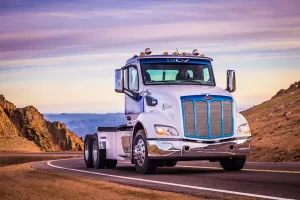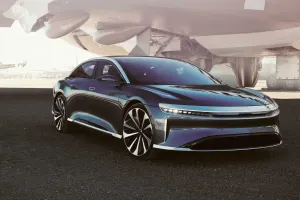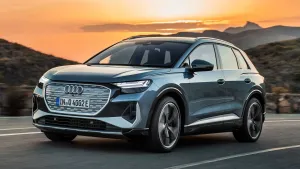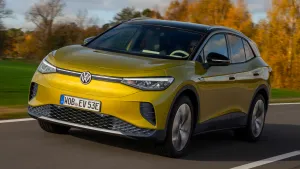The Tesla Semi and Peterbilt 579EV are two noteworthy entries in the burgeoning electric truck market, each offering unique features and innovations. This comparison will help electric vehicle enthusiasts, tech-savvy readers, and potential buyers understand how these models stack up against each other in various aspects, from pricing to technology.
Pricing and Trim Levels: Tesla Semi vs Peterbilt 579EV
When choosing an EV, pricing and trim levels significantly influence the decision-making process. Here’s how these models compare:
-
💰 Base Model Pricing: The Tesla Semi starts at approximately $150,000, offering features like enhanced Autopilot and a 300-mile range. The Peterbilt 579EV, priced around $185,000, includes advanced navigation and connectivity tools tailored for long-haul efficiency.
-
🚀 Performance Trims: Tesla offers a higher-end model with a 500-mile range at $180,000, focusing on extended capabilities for long distances. In contrast, Peterbilt emphasizes customization and utility for its performance-oriented trims, catering to specific industrial needs.
Design and Exterior Features: Tesla Semi vs Peterbilt 579EV
Design and exterior features play a vital role in an EV's appeal and functionality. Here's how these models differ:
-
🎨 Aerodynamic Design: Tesla’s streamlined design reduces drag for improved energy efficiency, featuring a sleek, futuristic look. Peterbilt’s design combines aerodynamics with traditional truck aesthetics, optimizing fuel efficiency without compromising on classic appeal.
-
💡 Lighting and Aesthetics: The Tesla Semi boasts LED strips and minimalist styling for a modern look. Peterbilt offers customizable lighting packages that enhance both functionality and traditional styling.
-
🚪 Unique Features: Tesla’s Semi features a centered driver’s seat for optimal vision and safety, while Peterbilt offers robust side and rear access points for easy entry and exit.
-
📏 Exterior Dimensions: Tesla’s Semi is slightly slimmer, aiding in maneuverability in tighter spaces, whereas the Peterbilt 579EV maintains a wider profile for stability and cargo capacity.
Interior and Cabin Space: Tesla Semi vs Peterbilt 579EV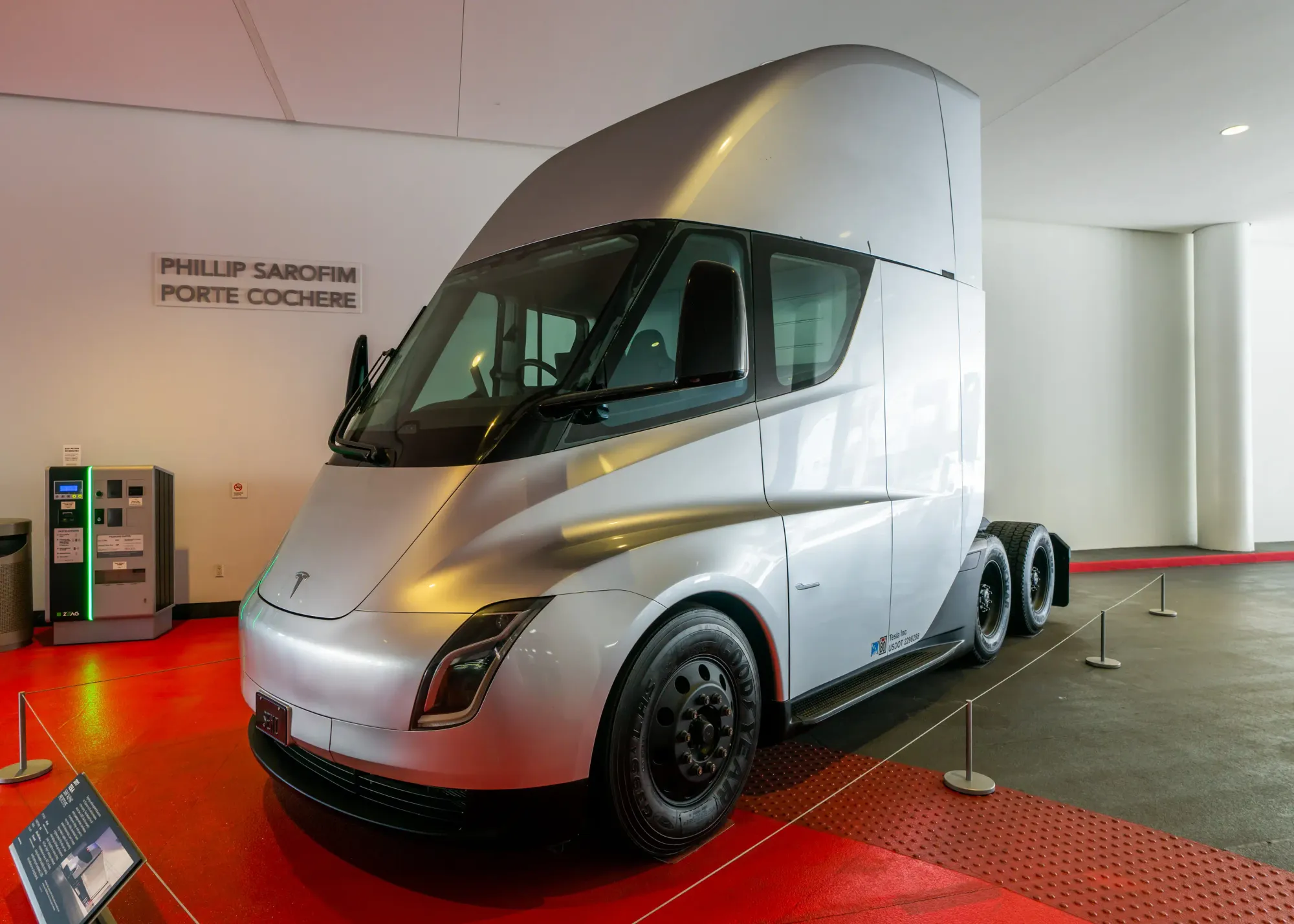
Interior comfort and space are crucial for long-haul drivers. Here’s how each model stands out:
-
🪑 Seating and Comfort: Tesla provides a single, centered seating configuration for maximum visibility, paired with ergonomic design. Peterbilt offers traditional dual seating with premium materials for long-haul comfort.
-
📱 Technology Integration: Tesla features a central touchscreen controlling all major functions. In contrast, Peterbilt integrates several displays for easy access to critical data and entertainment.
-
🧳 Storage and Utility: The Tesla Semi provides modest storage solutions, prioritizing cabin space. Peterbilt offers more extensive storage options designed to accommodate long-haul necessities.
Performance and Acceleration: Tesla Semi vs Peterbilt 579EV
Performance and acceleration are key factors for EV buyers. Here's a look at both models:
-
⚡ Acceleration and Speed: The Tesla Semi accelerates from 0-60 mph in about 20 seconds with a full load, emphasizing power and speed. The Peterbilt 579EV, while slightly slower, focuses on steady acceleration suitable for heavy-duty performance.
-
🛞 Handling and Drive Modes: Tesla offers dynamic handling with multiple drive modes, enhancing adaptability. Peterbilt focuses on reliability and straightforward handling, ideal for industrial applications.
Range and Battery Options: Tesla Semi vs Peterbilt 579EV
Range and battery options are critical considerations for EV buyers. Let’s compare these aspects:
-
🔋 Battery Options: Tesla offers 300 and 500-mile battery packs, providing flexibility in range. Peterbilt provides a 150-mile range, focusing on regional routes with fast recharge times.
-
🌍 Real-World Range: Tesla’s real-world range performs well across various conditions, while Peterbilt’s range is optimized for shorter, consistent hauls.
Technology and Safety Features: Tesla Semi vs Peterbilt 579EV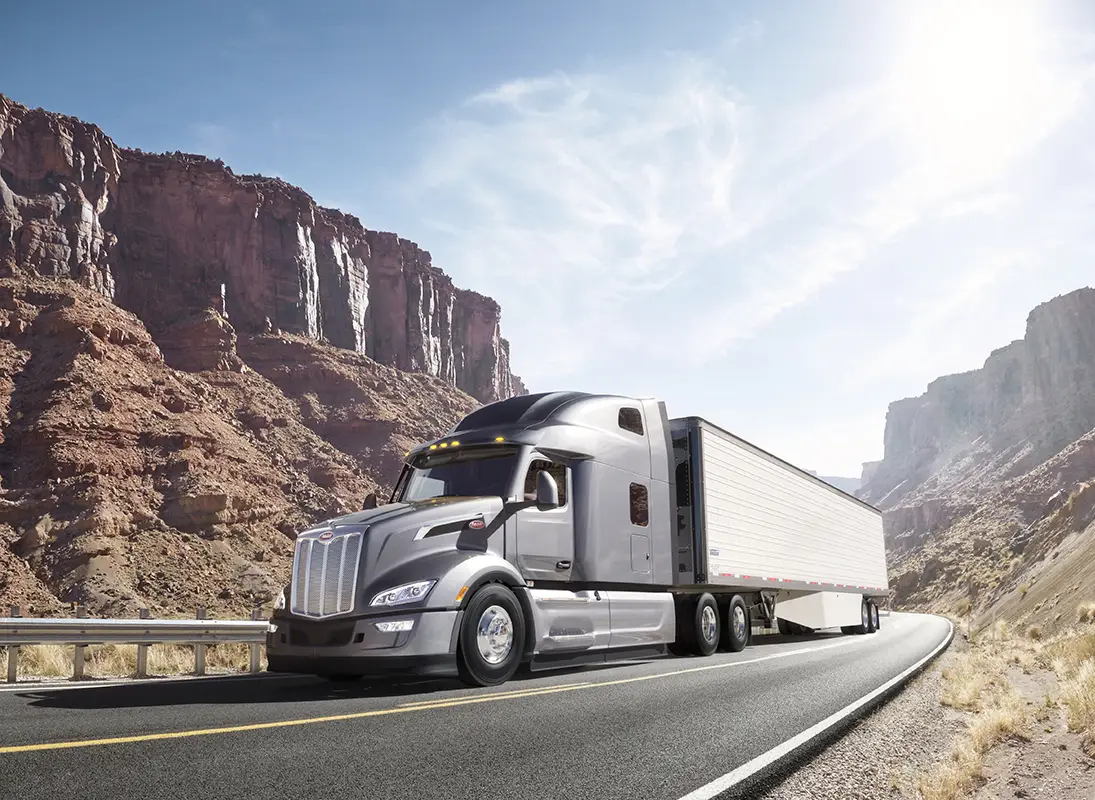
Technology and safety features greatly enhance the driving experience. Here’s how these models compare:
-
🤖 Driver Assistance Features: Tesla’s Autopilot offers advanced driver assistance with lane-keeping and adaptive cruise control. Peterbilt's equivalent system focuses on enhanced collision warnings and driver alerts.
-
🚘 Full Self-Driving (FSD): Tesla’s FSD promises a future of autonomy, while Peterbilt prioritizes driver-assist technologies currently available.
-
🛡️ Active Safety Features: Tesla includes collision avoidance and emergency braking as standard. Peterbilt offers similar active safety features, tailored to heavy-duty performance.
-
⭐ Crash Test Ratings: While official crash test ratings for these models are pending, both promise high safety standards with robust structural designs.
Charging Options and Infrastructure: Tesla Semi vs Peterbilt 579EV
Charging options and infrastructure are pivotal for EV owners. Here’s how each model supports this need:
-
⚡ Home Charging: Tesla offers easy home charging installations, whereas Peterbilt provides solutions tailored for fleet charging setups.
-
🌍 Public Charging Networks: Tesla's Supercharger network offers extensive coverage and high-speed charging. Peterbilt relies on partnerships with third-party networks for widespread availability.
Charging Speed: Tesla Semi vs Peterbilt 579EV
Charging speed significantly impacts convenience for EV owners. Here’s a comparison:
-
⚡ Home Charging Speed: Tesla's home chargers deliver up to 52 miles of range per hour. Peterbilt focuses on fleet solutions to minimize downtime.
-
🌍 Fast Charging Speed: Tesla’s Superchargers recharge up to 70% in 30 minutes, while Peterbilt offers comparable speeds through compatible networks.
-
🛠️ Third-Party Chargers: Both models are compatible with various third-party chargers, though Tesla's proprietary plug offers unique advantages.
Customization Options: Tesla Semi vs Peterbilt 579EV
Customization allows buyers to personalize their EVs. Here’s how these models differ:
-
🎨 Exterior Colors: Tesla offers a range of sleek, modern colors. Peterbilt provides more traditional palettes with customizable options.
-
🛞 Wheel Designs: Tesla's aerodynamic wheel options enhance performance, while Peterbilt offers heavy-duty designs for durability.
-
🪑 Interior Trims: Tesla’s minimalist interiors include premium materials, whereas Peterbilt offers a range of materials and configurations for driver comfort.
Conclusion: Tesla Semi vs Peterbilt 579EV
Summarizing the key differences and strengths of each model:
-
✅ Strengths of Each Model: Tesla excels in range, acceleration, and technology integration, while Peterbilt shines in customization, utility, and industrial performance.
-
❌ Considerations: Tesla's focus on technology may lead to higher costs, and Peterbilt's shorter range limits it to specific use cases. Buyers should weigh these aspects against their needs.

